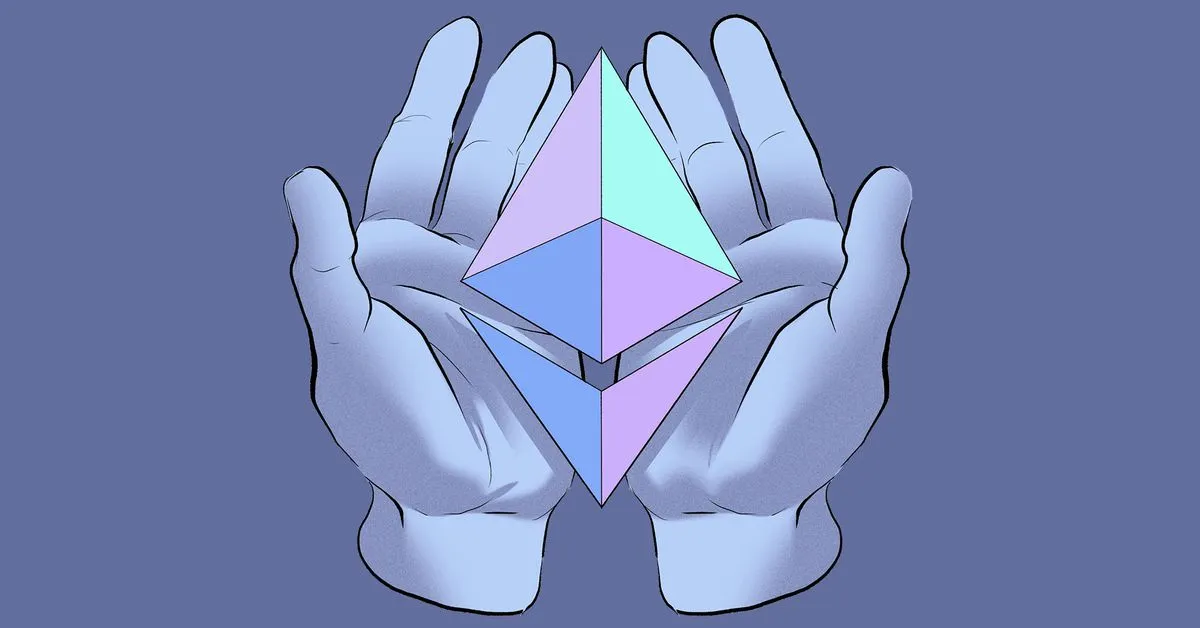Ethereum developers are now prioritizing a new design feature, distributed validator technology (DVT), that could take the blockchain’s decentralization precept to the next level. Currently, the Ethereum blockchain depends on 606,947 validators to confirm transactions made on the network, but each of those individually might be seen as a point of failure. As Ethereum co-founder Vitalik Buterin has listed distributed validators among the blockchain’s top priorities since 2021, DVT has attracted more discussion and development focus in recent months.
Under the technology, a validator’s private key – used to sign on-chain operations like block proposals and attestations – can be split across several node operators. This allows the duties and responsibilities of a validator to be distributed and shared across a cluster of node operators, instead of a single node. As staking service provider P2P’s head of Research Steven Quinn said, From a technical perspective, what that means is you can geographically distribute the machines.
Currently, Ethereum is still in the first era of its 2021 roadmap, titled The Merge, and the key milestone left in this era is the deployment of distributed validators. Two open-source networks, Obol and SSV, are attempting to remove the single point of failure in the validation process. Obol Network is responsible for fostering the adoption of multi-operator validation as a use case for Distributed Validator Technology, and SSV.Network enables the distributed operation of an Ethereum validator across varying operators.
Messari research analyst Stephanie Dunbar said, What I’m most excited about is the idea of increasing resiliency on Ethereum and in the future, potentially on other blockchains as well. Walter Smith from technology-driven investment firm Galaxy added that DVT’s importance lies in making the Ethereum blockchain more resilient, defined as Ethereum being able to withstand external and internal disturbances. With more clients and node operators in different geographical areas running a single validator, even if several node operators experience downtime, the entire validator wouldn’t go down.
SSV is in its last step before its mainnet launch, with the introduction of its public testnet Jato in March, and Obol had started deploying distributed validators on Ethereum mainnet in April. Smith concluded that DVT makes the heart of the crypto universe – Ethereum – more robust, more decentralized and more credibly neutral, opening its protocols and uses to all in a more stable manner.
